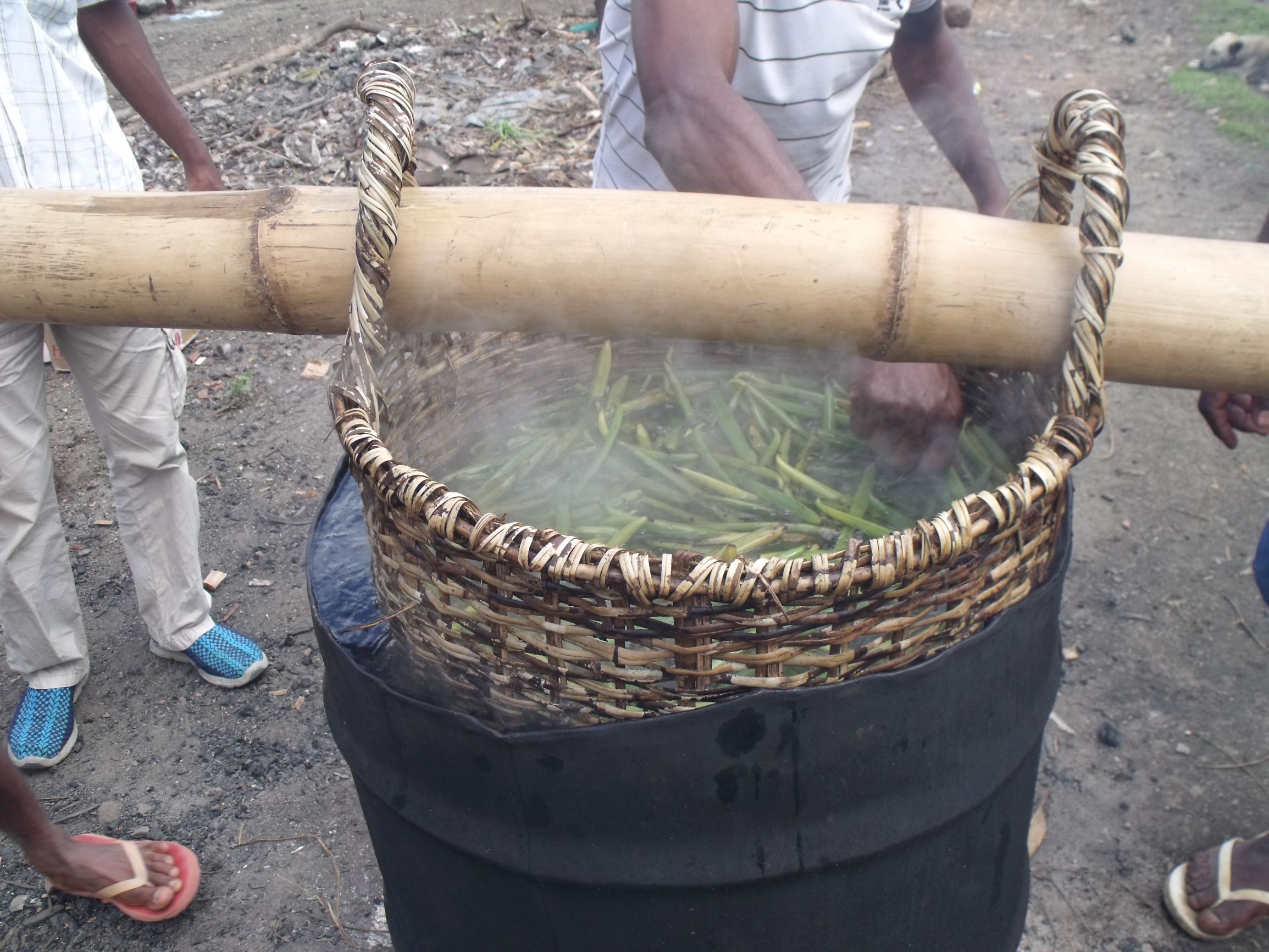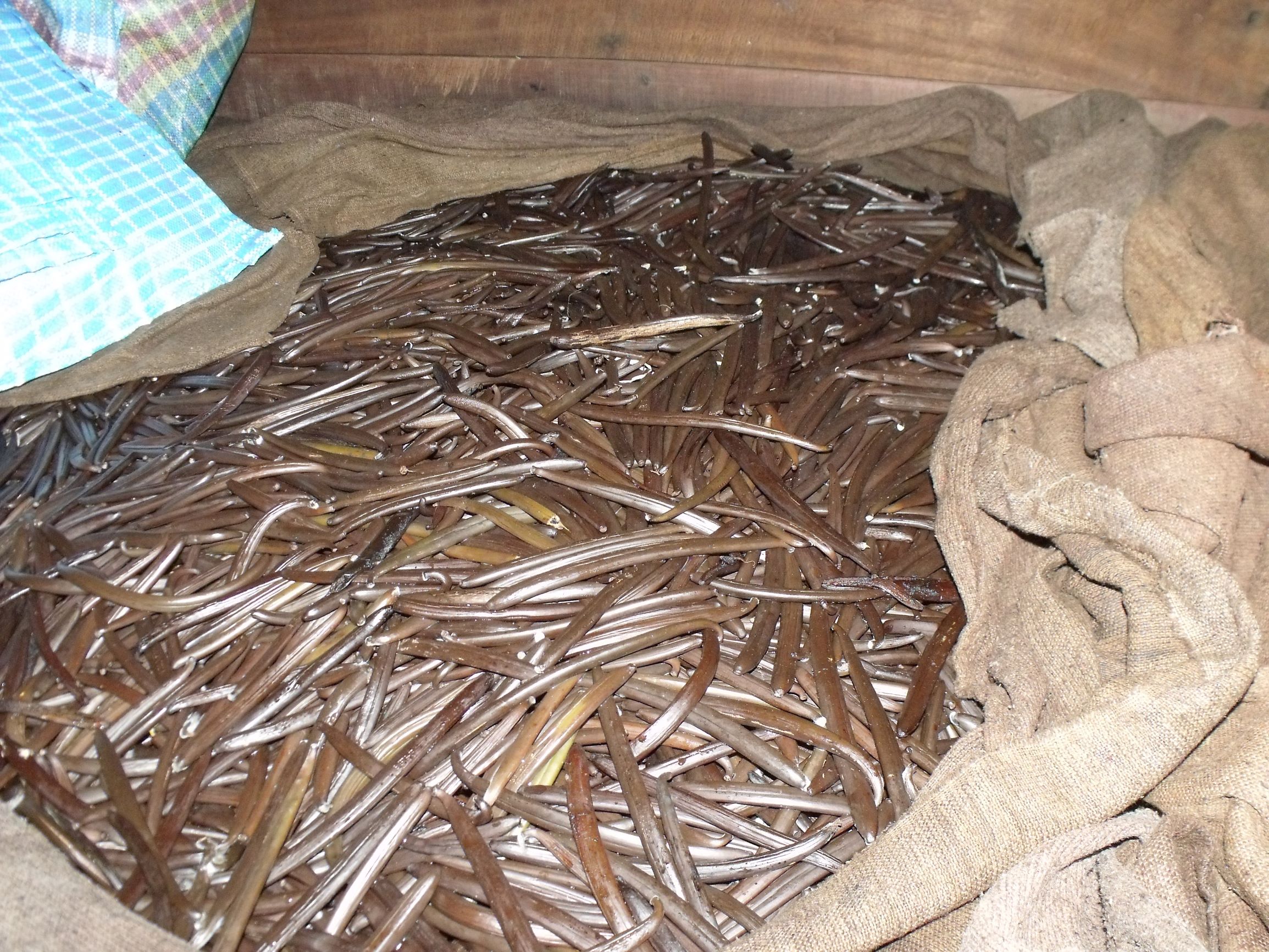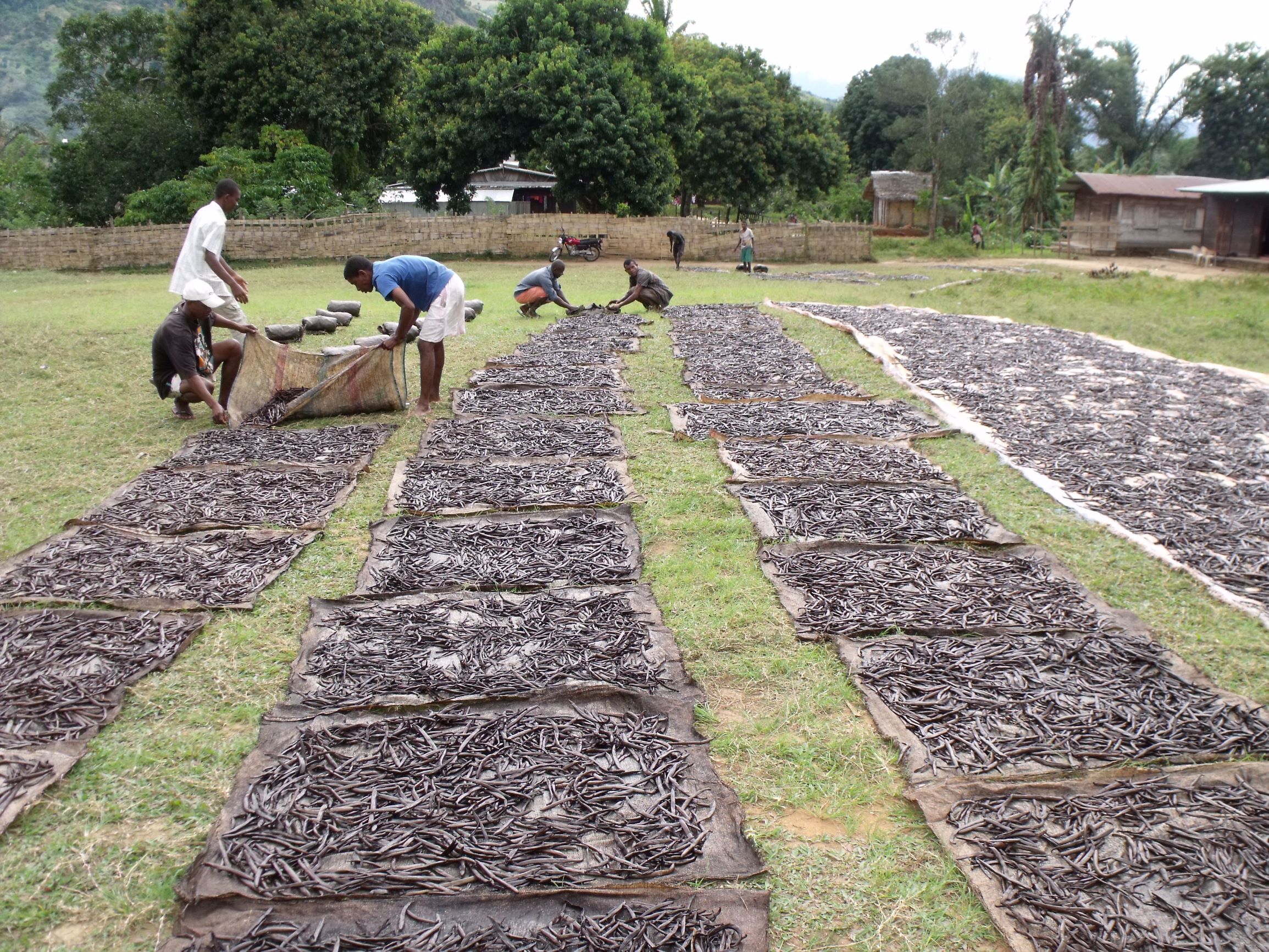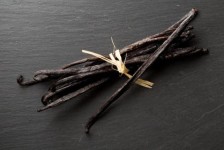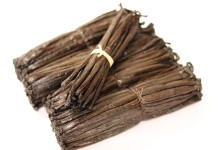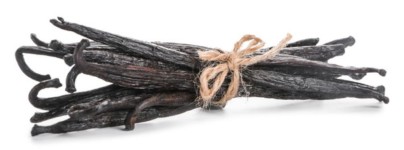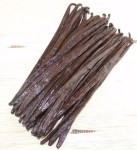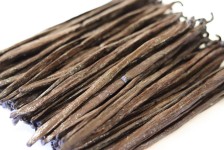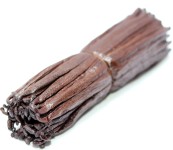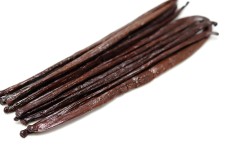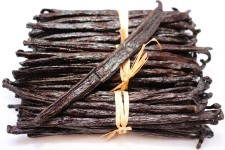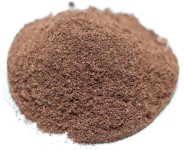The method of artisanal preparation of vanilla - from field to plate
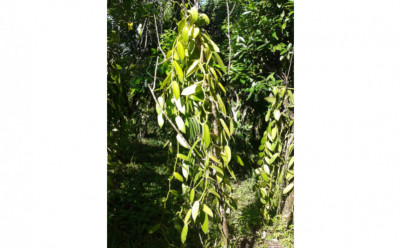
We are all familiar to the black and shiny appearance of vanilla bean with its flavofull scent, but do you know exactly how we go from green vanilla bean to ready to eat Bourbon vanilla bean?
There are several methods of preparing vanilla that we will not develop in this article, but we will focus on the traditional Bourbon method used for the preparation of Sambavanilla vanilla beans.
At harvest, the green vanilla beans are bitter and offer no fragrance. They contain only the necessary elements for the formation of the aroma and will have to go through a whole series of essential steps before these aromas can be revealed.
The traditional Bourbon method was developed in 1853 and is widely used in Madagascar, but also in Reunion and the Comoros. There are 5 successive stages:
1: Scalding
Before scalding, we start by sorting the harvested pods according to their condition (large, medium, small, split) and let them rest for a few days to heal the pod's tail.
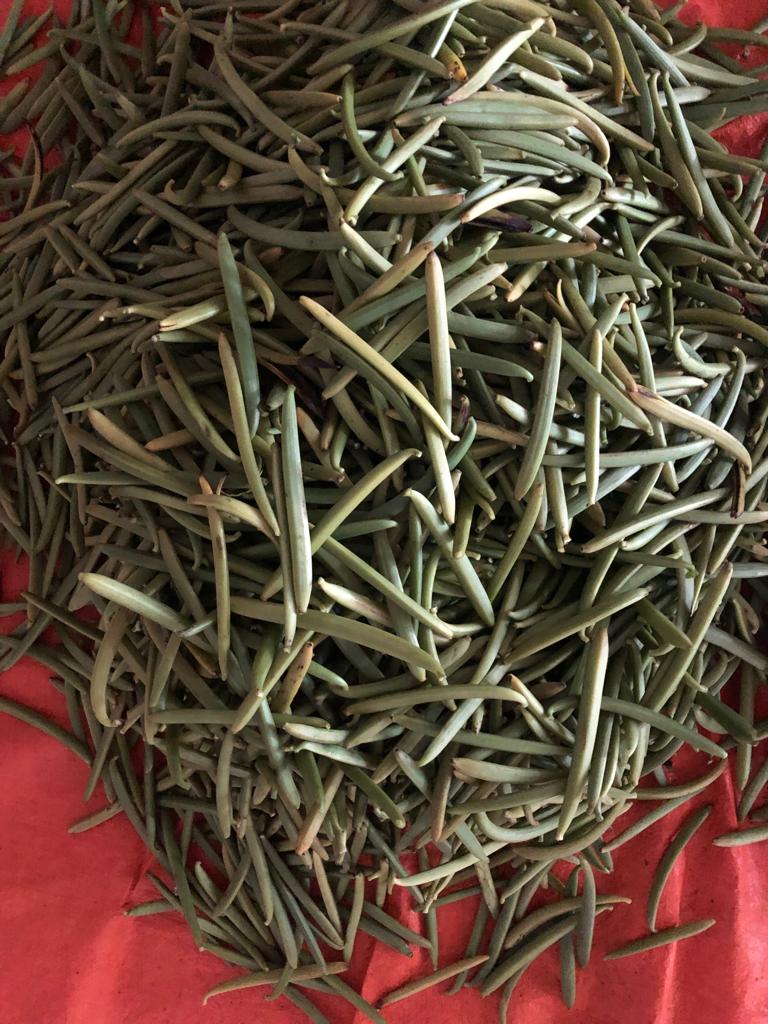
The vanilla beans are then ready for the scalding operation.
Scalding consists in immersing the green beans in a container of water heated to 63 ° C for 3 minutes. For that we place them in a basket which we gradually put into the water container.
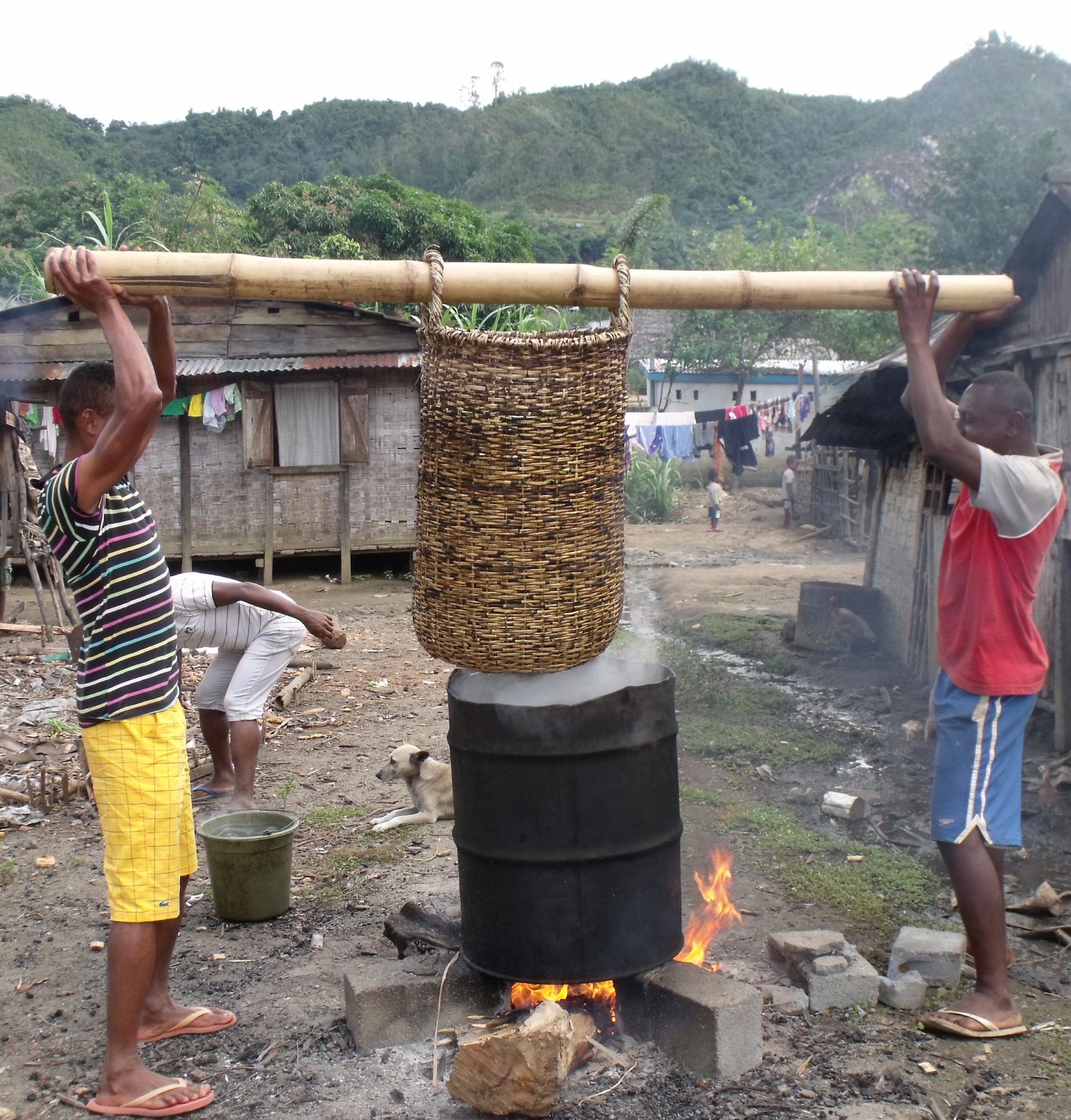
The experience of the staff is essential in this step because the soaking time varies depending on the size and quality of the beans. It is not a question of cooking the vanilla pods, but only of killing the pods to prevent them from opening later.
2: Steaming
At the end of the scalding, the vanilla beans are quickly drained and then placed while still warm in wooden boxes lined with blankets. The boxes are then covered with blankets to limit heat loss. The vanilla pods will then stay between 12 and 14 hours in the boxes. This step will then trigger the enzymatic reactions, and we say that the vanilla “sweats”. It is also during this stage that the vanilla will change color to become brown.
3: Sun drying
The beans are then spread on blankets and exposed to the sun for several days at a rate of at least 3 hours per day. Each day the pods are picked up with their covers and stored in wooden boxes for the night.
Gradually, the pods will lose their water and get soften. We will then sort and remove the pods that have completed the first drying step.
4: Drying in the shade
At this stage, the preparation is not finished, but the drying must be slowed down to prevent the pods from drying out too quickly.
The vanilla beans are then placed on racks in a shaded and ventilated room. They will then stay there for one to two months and the chemical and enzymatic reactions continue their development during this slow drying process.
The vanilla beans will then lose up to 60% of their water content.
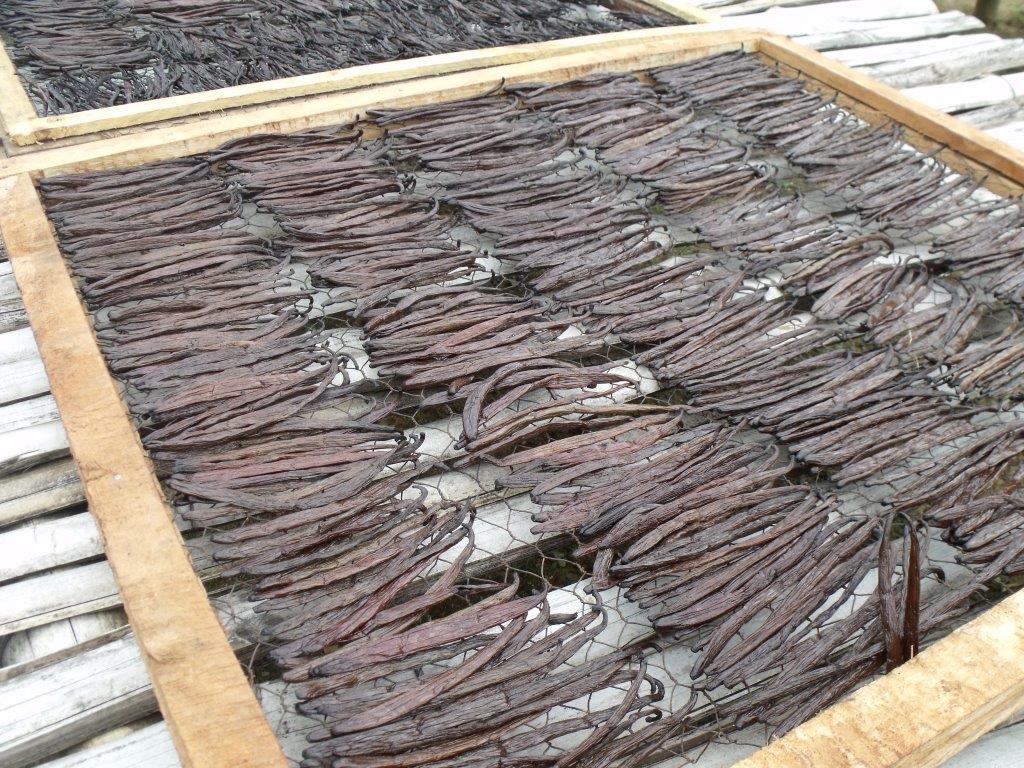
5: Refining in wooden boxes
Then comes a very delicate step which will constitute to prolong the enzymatic reactions while controlling the humidity of the vanilla pods.
The beans are placed in rosewood boxes to further slow down the drying process while allowing the aromas to develop. The chemical reactions will however release water and it will be necessary to go through rack drying stages to remove this moisture which could cause the vanilla to mold.
The ripening stage lasts at least 4 months, but can be extended up to 2 years to obtain the famous frosted pods.
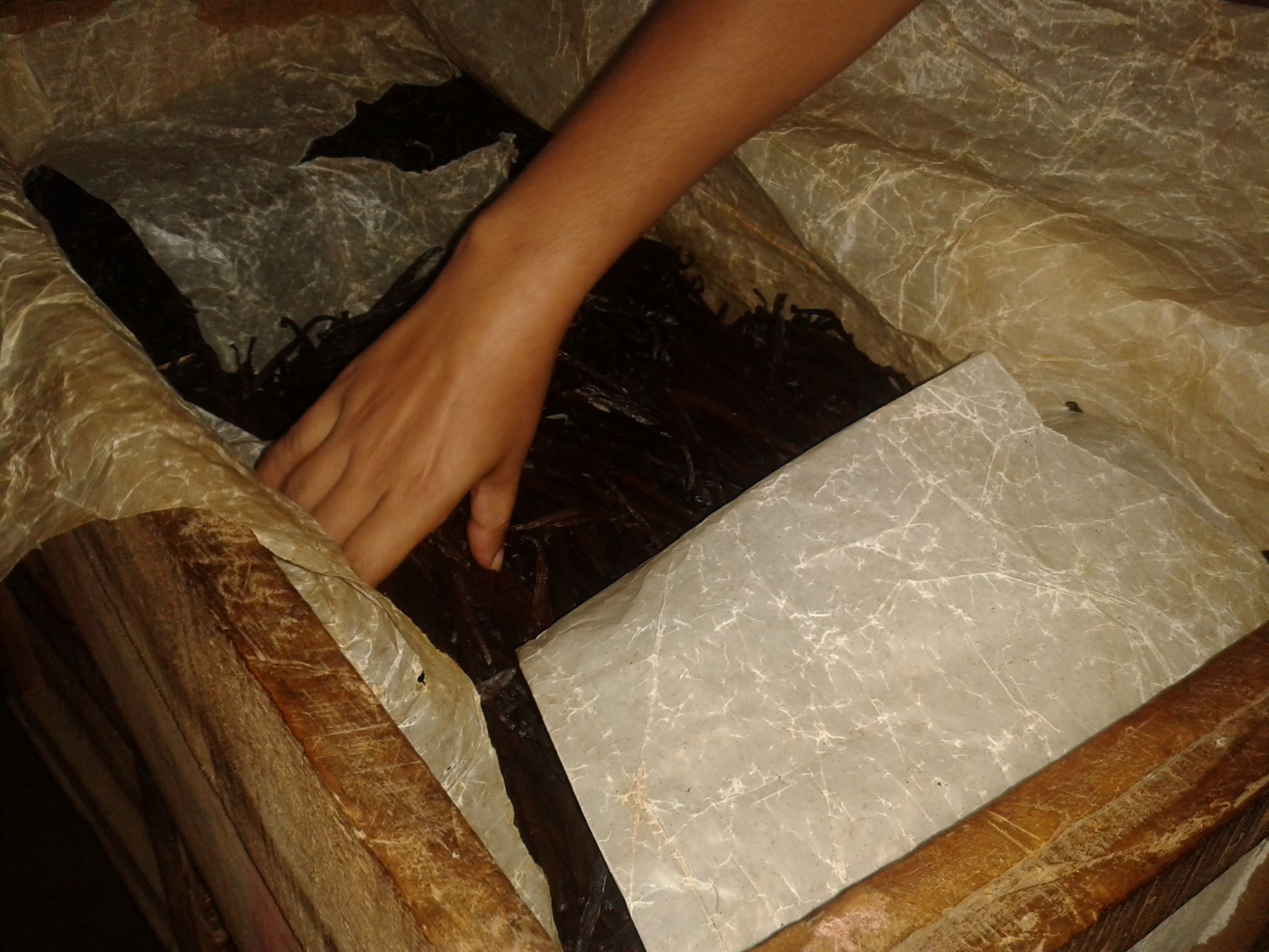
At the end of ripening, the pods are sorted and sized by size to the nearest cm and are finally ready for consumption.
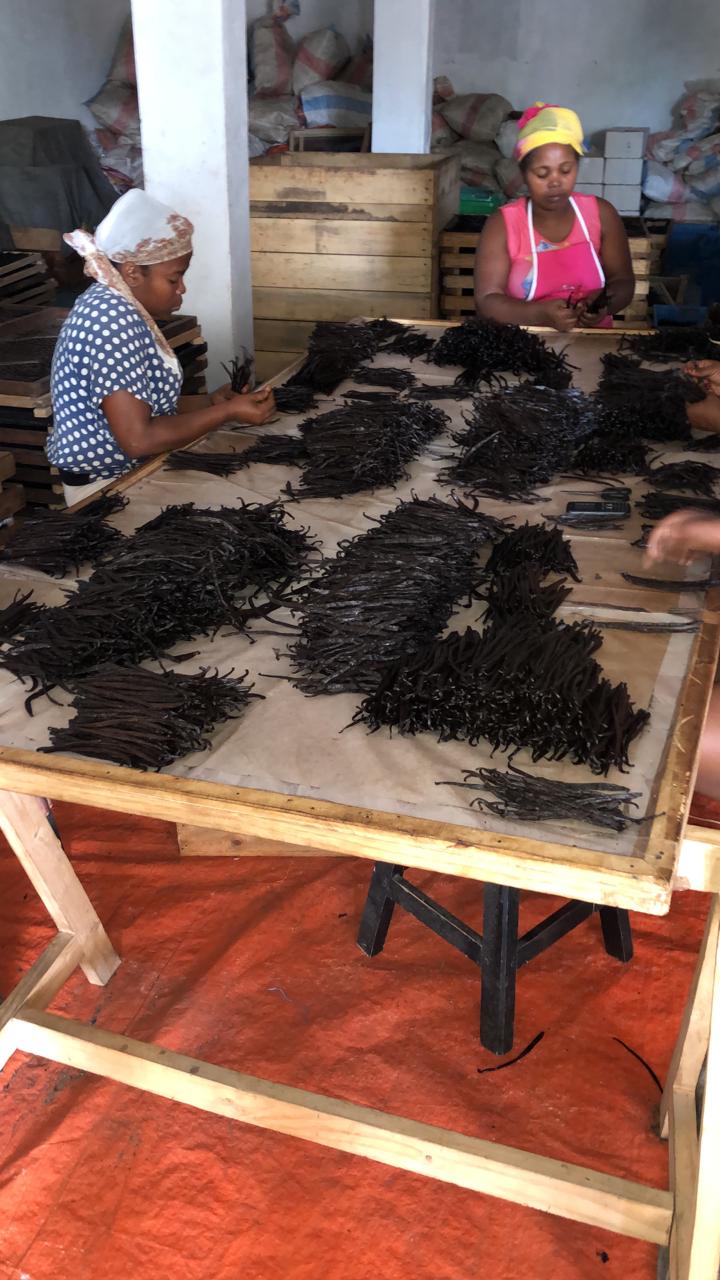



 Enhance Your Holidays with Vanilla Paste
Enhance Your Holidays with Vanilla Paste
 Vanilla and Gastronomy: How to Enhance Your Savory and Sweet Dishes
Vanilla and Gastronomy: How to Enhance Your Savory and Sweet Dishes
 Discover the perfect matches: Pairing vanilla with other flavours
Discover the perfect matches: Pairing vanilla with other flavours
 Vanilla powder, Vanilla extract: How do I choose ?
Vanilla powder, Vanilla extract: How do I choose ?
 The best spices for a great barbecue marinade
The best spices for a great barbecue marinade

